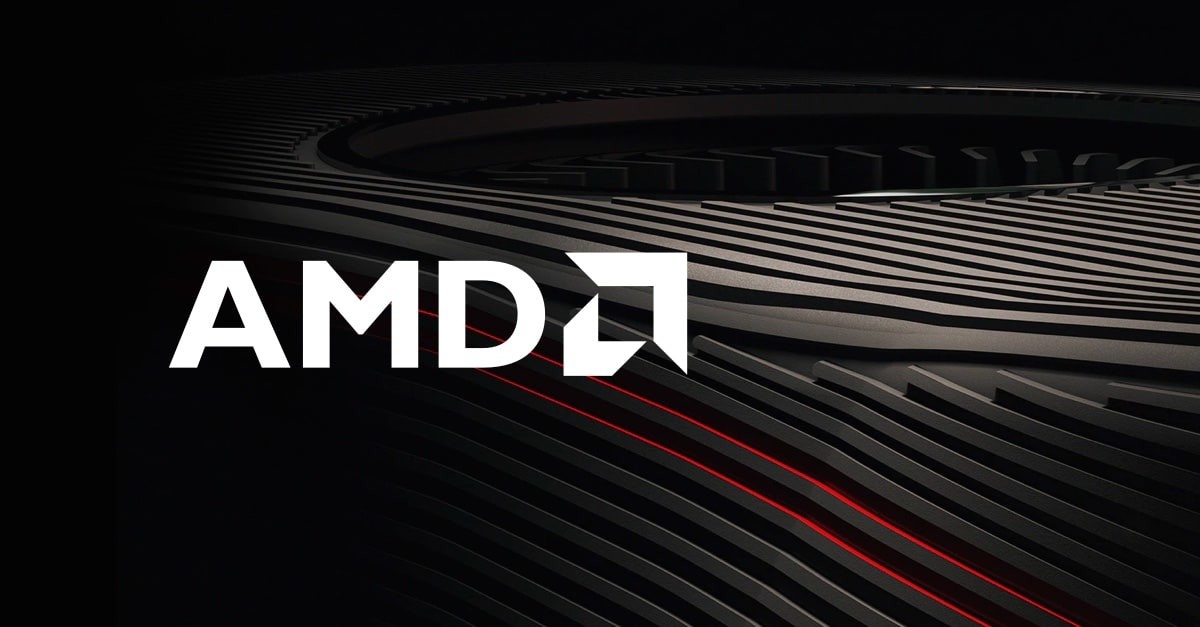- Mar 3, 2017
- 1,607
- 5,799
- 136

AMD to Acquire Xilinx, Creating the Industry’s High Performance Computing Leader
Browse AMD’s company-wide and financial press releases.
Straight from the Horse's mouth
Strategic transaction strengthens AMD’s industry-leading technology portfolio —
- Expands AMD’s rapidly growing data center business
- Xilinx, the No. 1 provider of adaptive computing solutions, increases AMD TAM to $110 billion
- Immediately accretive to AMD margins, cash flow and EPS
- All stock transaction with combined enterprise value of approximately $135 billion
All stock. No Cash. Could not have been a better way to make use of that inflated market valuation.
Lots of people were questioning AMD why they are not capitalizing on their Market valuation. But this is it.
Management and Board of Directors
Dr. Lisa Su will lead the combined company as CEO. Xilinx President and CEO, Victor Peng, will join AMD as president responsible for the Xilinx business and strategic growth initiatives, effective upon closing of the transaction. In addition, at least two Xilinx directors will join the AMD Board of Directors upon closing.
They got decent advisors too.
Advisors
Credit Suisse and DBO Partners are acting as financial advisors to AMD and Latham & Watkins LLP is serving as its legal advisor. Morgan Stanley is acting as lead financial advisor to Xilinx. BofA Securities is also acting as a financial advisor and Skadden, Arps, Slate, Meagher & Flom LLP is serving as legal counsel.
Ex AMD rejoins the family bringing Xilinx with him
“We are excited to join the AMD family. Our shared cultures of innovation, excellence and collaboration make this an ideal combination. Together, we will lead the new era of high performance and adaptive computing,” said Victor Peng, Xilinx president and CEO. “Our leading FPGAs, Adaptive SoCs, accelerator and SmartNIC solutions enable innovation from the cloud, to the edge and end devices. We empower our customers to deploy differentiated platforms to market faster, and with optimal efficiency and performance. Joining together with AMD will help accelerate growth in our data center business and enable us to pursue a broader customer base across more markets.”
Last edited:








